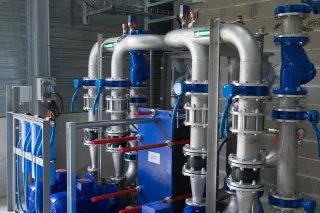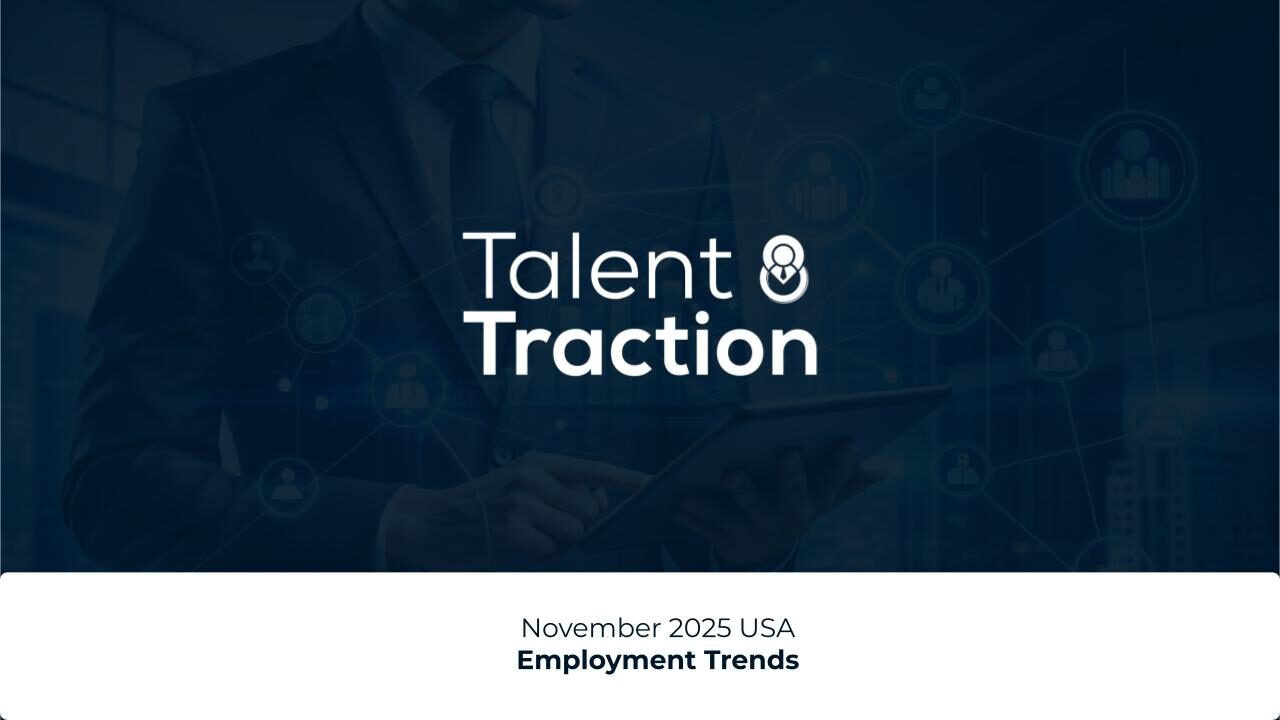What Are Smart Factories and Industry 4.0 – The Rise of Smart Factories?
First, a quick primer. Industry 4.0 is the fourth industrial revolution, blending physical production with digital tech. Think interconnected machines, real-time data, and automation that makes decisions on the fly. Smart factories are the heart of this shift—facilities where IoT (Internet of Things) sensors, AI analytics, robotics, and cloud computing work together to optimize production. For example, a smart factory might use sensors to predict machine failures before they happen or AI to tweak supply chains in real time.
The impact is massive. A 2023 McKinsey report estimates that smart factories could boost productivity by 20-30% and cut downtime by up to 50%. But here’s the catch: your workforce needs new skills to harness this tech. Without the right talent, your smart factory could stall before it starts.
Why Workforce Preparation Is a Big Deal
Smart factories aren’t just about upgrading equipment—they require a cultural and skill shift. Traditional roles like machinists or assemblers are evolving into tech-savvy positions that blend hands-on expertise with digital know-how. Meanwhile, the industry’s already grappling with a talent crunch.
A 2023 Deloitte study predicts a shortage of 2.1 million manufacturing workers by 2030, driven by retirements and skills gaps. If your team isn’t ready for Industry 4.0, you risk falling behind competitors who are.
Preparing your workforce isn’t just about hiring new faces—it’s about upskilling current employees, attracting tech-savvy talent, and fostering a culture that embraces change. Let’s break down the key challenges and how to tackle them.
Challenge 1: Bridging the Skills Gap
The Problem
Smart factories demand skills that many workers don’t have. A welder might be a pro with a torch but clueless about programming a robotic arm. A production supervisor might nail lean processes but struggle with data analytics. Roles now require a mix of traditional manufacturing know-how and digital skills like:
-
Programming and Robotics: Operating and maintaining automated systems.
-
Data Analysis: Interpreting IoT sensor data to optimize production.
-
Cybersecurity: Protecting connected systems from threats.
-
AI and Machine Learning: Using predictive tools for maintenance or quality control.
A 2024 World Economic Forum report noted that 60% of manufacturing workers need reskilling to meet Industry 4.0 demands, but training programs often lag behind.
The Solution
-
Upskill Existing Staff: Create in-house training programs tailored to your tech. Platforms like Tooling U-SME offer courses in robotics, IoT, and data analytics, while Coursera has affordable options for AI basics.
-
Partner with Schools: Work with community colleges or vocational programs to develop Industry 4.0-focused curricula. For example, Siemens collaborates with schools to train workers in automation.
-
Hire for Potential: Use recruiters like Talent Traction to find candidates with transferable skills (e.g., a logistics pro who can learn supply chain analytics). They can also identify workers eager to upskill.
Challenge 2: Attracting Tech-Savvy Talent
The Problem
Younger workers—Millennials and Gen Z—aren’t flocking to manufacturing, often seeing it as “old-school” or low-tech. Yet, smart factories need tech-savvy talent who get excited about AI, coding, or IoT. A 2024 National Association of Manufacturers report found that 65% of manufacturers struggle to attract younger workers, leaving gaps in roles like automation technicians or data analysts.
The Solution
-
Rebrand Manufacturing: Showcase your smart factory’s tech—robots, 3D printers, AI dashboards—on social media or LinkedIn. Highlight how your work rivals Silicon Valley for innovation.
-
Offer Growth Paths: Younger workers want careers, not jobs. Promote mentorship, certifications, or clear tracks (e.g., “Technician to Engineer in 3 years”). A 2024 SHRM survey found 60% of workers prioritize growth over pay.
-
Tap Recruiters: Firms like Talent Traction use AI tools to source tech-savvy candidates, including passive talent who aren’t on job boards. They can also pitch your company’s high-tech vibe to hook the right people.
Challenge 3: Managing Cultural Resistance to Change
The Problem
Not everyone loves change. Veteran workers might balk at new tech, fearing it’ll replace their jobs or make their skills obsolete. Resistance can slow adoption, with a 2023 PwC study finding that 40% of manufacturing workers worry about job security in smart factories. Without buy-in, your Industry 4.0 rollout could hit a wall.
The Solution
-
Communicate the Why: Show workers how smart factories make their jobs easier—less downtime, fewer repetitive tasks, more problem-solving. Share success stories, like how IoT cut maintenance costs by 20%.
-
Involve Your Team: Include workers in the transition. Let them test new tools or suggest improvements. A 2024 Gallup study found that engaged employees are 23% less likely to resist change.
-
Train, Don’t Replace: Emphasize that upskilling keeps workers relevant, not redundant. Offer hands-on workshops (e.g., programming a robot) to build confidence.
Challenge 4: Integrating New and Existing Workers
The Problem
Smart factories need a mix of new hires (tech natives) and veterans (hands-on experts), but blending them can be tricky. Newbies might lack practical manufacturing knowledge, while veterans might struggle with digital tools. Misalignment can lead to friction or inefficiencies.
The Solution
-
Create Cross-Training Programs: Pair new hires with veterans for mutual learning. A young data analyst can teach IoT basics, while a seasoned machinist shares shop-floor wisdom.
-
Foster Teamwork: Use team-building or joint projects (e.g., optimizing a production line with AI) to bridge generational gaps. A strong culture boosts retention, per Forbes.
-
Leverage Recruiters: Firms like Talent Traction can find candidates who balance tech skills and manufacturing know-how, ensuring a cohesive team.
Challenge 5: Keeping Up with Rapid Tech Advances
The Problem
Industry 4.0 tech evolves at warp speed—today’s cutting-edge AI tool might be old news in two years. Training your workforce once isn’t enough; you need ongoing learning to stay competitive. But constant training is costly and time-intensive.
The Solution
-
Adopt Microlearning: Offer bite-sized training (10-15 minutes) via apps like Degreed or Udemy. Workers can learn about new IoT updates during breaks.
-
Stay Connected: Join industry groups like NAM or attend events like Hannover Messe to track tech trends. Share insights with your team to keep them in the loop.
-
Partner with Experts: Recruiters like Talent Traction can source candidates already versed in the latest tech, reducing your training burden.
The Role of Recruitment in Industry 4.0 – The Rise of Smart Factories
Hiring is a cornerstone of preparing for smart factories. You’ll need a mix of upskilling current staff and bringing in new talent with Industry 4.0 skills. Recruiters play a key role here:
-
Sourcing Tech Talent: Firms like Talent Traction use AI tools to find candidates with skills in robotics, data analytics, or cybersecurity.
-
Temp-to-Hire Options: Test new hires in smart factory roles before committing, minimizing risk.
-
Retention Strategies: Recruiters advise on competitive offers—think tuition reimbursement or flexible hours—to keep talent from jumping ship.
A 2024 ManpowerGroup survey found that 75% of manufacturers struggle to attract skilled workers, making expert recruiters a game-changer.
FAQs About Preparing for Industry 4.0
What skills are most important for smart factories?
Key skills include programming (for robotics), data analysis (for IoT), cybersecurity, and AI basics, alongside traditional manufacturing expertise.
How can I upskill my current workforce?
Use platforms like Tooling U-SME or Coursera for training in robotics, IoT, or analytics. In-house workshops and microlearning work, too.
Why is it hard to attract young workers to manufacturing?
Many see it as low-tech or “dirty.” Highlight your smart factory’s AI and robotics on LinkedIn and offer growth paths to change their minds.
How do recruiters help with Industry 4.0?
Firms like Talent Traction source tech-savvy candidates, offer temp-to-hire options, and advise on retention to build a future-ready team.
How do I manage resistance to new tech?
Communicate benefits (e.g., less downtime), involve workers in the transition, and offer hands-on training to build confidence in tools like AI or IoT.




